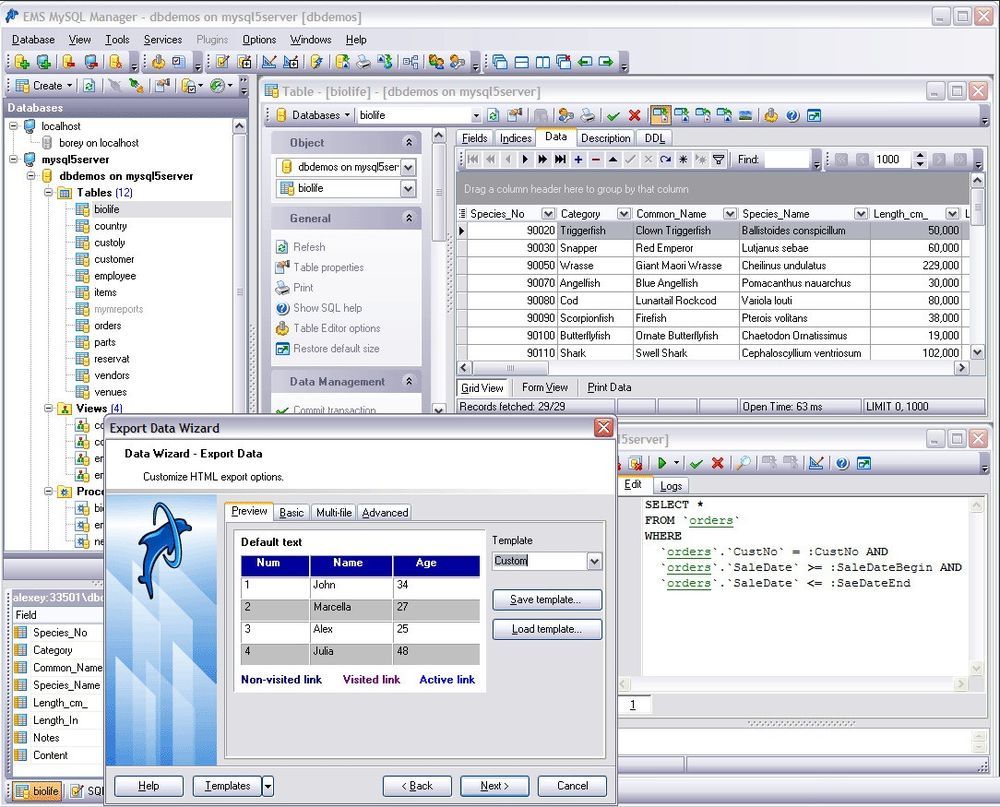

Sudo rm -rf /private/var/db/receipts/*mysql* Sudo rm -rf /Library/StartupItems/MySQLCOM Hopefully someone has a better solution.Īlso you can change the mysql folder permissions to the current user.What worked for me was, to uninstall the old 5.7 version (from the pkg installer) that didn't start and/or had issues showing the root password, and install the same version with brew.ġ) Remove the remnants of the old installation. There may be security implications to this. T21:57:11.6NZ mysqld_safe mysqld from pid file /var/run/mysqld/mysqld.pid endedįinally got the service to start by creating a folder for the PID, and setting the permission on the folder to global read/write/x. T21:57:10.986146Z 0 Can't start server: can't check PID filepath: No such file or directory Here is the log output tail /usr/local/var/mysql/ Tried Greggle's link to fully remove a previous install of MySQL 8, but after a restart the problem persists # brew services start Successfully started (label: launchctl list | grep services is reporting the service started, but Launchctl is not showing a PID. Still seeing the "Can't connect to local MySQL server." To manage your databases, I recommend using Sequel Pro, a MySQL management tool designed for macOS.Ĭurrent version available: 1.1.2 Commentsġ The brew services start - instruction is equal to : $ ln -sfv /usr/local/opt/mysql/*.plist ~/Library/LaunchAgents

Important : Use the single ‘quotes’ to surround the password and make sure to select a strong password! Database Management

Mysqladmin -u root password 'yourpassword' Open Terminal and execute the following command to set the root password: Verify the installed MySQL instance : $ mysql -V.Įxpected output : Ver 14.14 Distrib 5.7.22, for osx10.13 (x86_64) Load and start the MySQL service : $ brew services start output : Successfully started mysql (label: )Ĭheck of the MySQL service has been loaded : $ brew services list 1įorce link 5.7 version - $ brew link -force Install brew services first : $ brew tap homebrew/services To install MySQL enter : $ brew install Additional configuration Homebrew


 0 kommentar(er)
0 kommentar(er)
